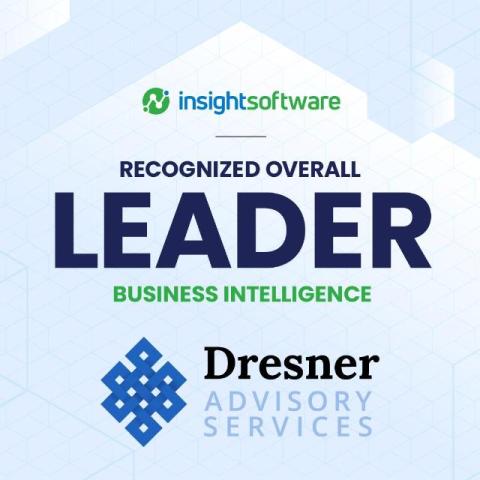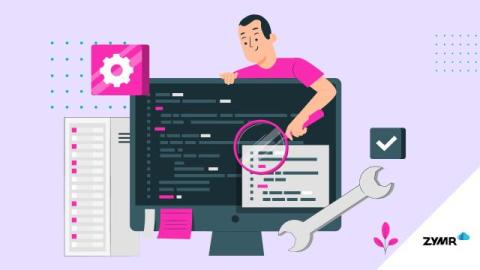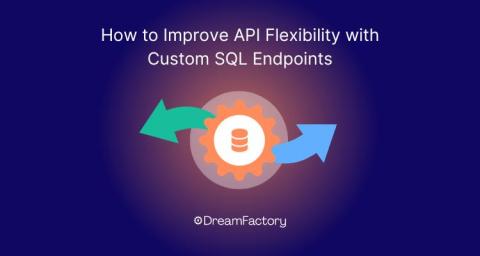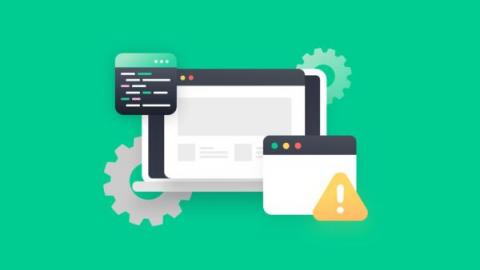Using GraphQL API in Android
Since it was created by Facebook in 2012 and made publicly available in 2015, GarphQL has changed everything about how we fetch data from servers for our front-end apps. Most front-end clients typically use REST APIs to retrieve data from the server, this includes mobile apps for platforms like Android, iOS, and Flutter, as well as JavaScript frameworks like React, Angular, Vue, and Next. A huge advantage of GraphQL is that it enables front-end clients to request only the API they require.











